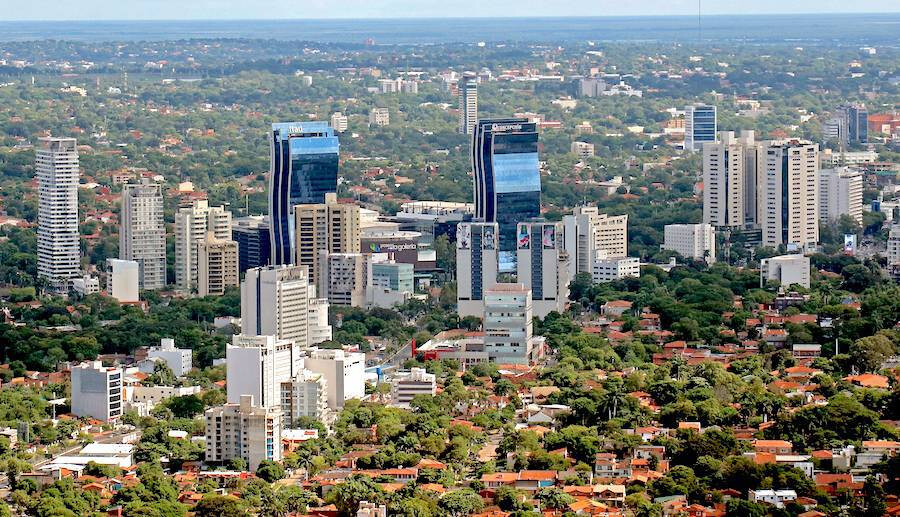
A somber scene greets those who visit Asunción, the capital of Paraguay, and the feeling of helplessness is palpable as Asunción residents walk the historic downtown streets, witnessing a total state of neglect for which there seems to be no solution. Dilapidated buildings, abandoned ancestral homes, ruined roads, and piles of garbage on street corners have already become part of the everyday landscape of downtown Asunción. The state has turned its back on the capital, and the authorities are complicit in their silence.
Anyone who frequents downtown Asunción can easily see that the claim of serious neglect is not an exaggeration. It is very difficult to offer an optimistic outlook when talking about the current situation of the capital. A primary concern, especially for those who work or travel through the area daily, is the state of several buildings. Their terrible deteriorated appearance is worrying, not only for the poor impression they give to visitors but also for the safety risks they pose.
Two of these buildings are located just a few blocks from the emblematic Government Palace and the National Congress. One is the former National Police Multipurpose Cooperative building, located at the corner of Benjamín Constant and August 15th streets. The place is unhygienic, covered in all kinds of waste, and used as a refuge by drug addicts. The risk of collapse is evident to the naked eye.
The other is the Excelsior Building, neglected for years by the Ministry of Education. It serves as a refuge for people who dump all kinds of garbage, and it is increasingly dilapidated due to those who dismantle and take away everything they find: windows, doors, iron structures, and sanitary facilities. The building emanates a nauseating odor and is also used as a hiding place. Despite this situation, the Ministry of Education continues to pay exorbitant rent. In both cases, no institution takes responsibility for the serious problems, and the municipal authorities grant complete impunity.
Similarly, other important places like Punta Karapã and Loma San Jerónimo find themselves in a similar situation. The construction of the Dr. José Asunción Flores Museum remains unfinished and stalled after a collapse due to heavy rain. The birthplace of the creator of Guarania music is a key location in the city for tourists and those interested in his life and work. The residents of the Loma San Jerónimo neighborhood, another tourist attraction in need of repair and maintenance, say they cannot cope with the influx of tourists and point to the poor condition of the roads, noise pollution, and insecurity.
Finally, another example of the indifference of the administration of Mayor Óscar "Nenecho" Rodríguez is the state of neglect of Municipal Market No. 5, located at the corner of Nuestra Señora de la Asunción and Novena streets. According to the merchants, despite paying rent, cleaning within the market is deficient, and the floors, walls, and ceilings are dirty and deteriorated.
The situation unfolding in the capital is clearly the terrible consequence of impunity. The criticism or complaints of citizens do not matter to those who run the municipal authorities. The complete indifference to the real needs of the residents is evident and is also the result of a lack of administrative capacity and a lack of transparency that is evident in the current financial crisis. The municipal authorities collect large sums of taxes but invest nothing in the well-being of the residents who pay them.
Asunción urgently needs a change, and that change must begin with the way it is administered. The state cannot continue to tolerate this abandonment of the capital, and citizens do not deserve this disrespectful treatment from their municipal authorities.
[Copyright (c) Global Economic Times. All Rights Reserved.]






























